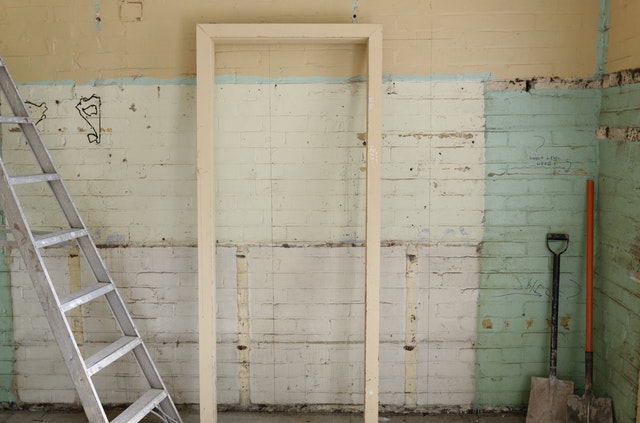Strategies for Turning Fixer-Uppers into Profitable Investments
 Home flipping – a journey that transforms neglected fixer-uppers into profitable investments. If you’re considering entering the real estate game or looking to enhance your flipping skills, you’ve come to the right place. Let’s explore some tried-and-true strategies that can help you turn those distressed properties into lucrative ventures.
Home flipping – a journey that transforms neglected fixer-uppers into profitable investments. If you’re considering entering the real estate game or looking to enhance your flipping skills, you’ve come to the right place. Let’s explore some tried-and-true strategies that can help you turn those distressed properties into lucrative ventures.
Thorough Research and Analysis:
Before making any investment, it’s crucial to conduct extensive research. Identify emerging neighborhoods, assess market trends, and understand the potential resale value of the property. Look for fixer-uppers in areas where property values are on the rise, ensuring a higher return on investment.
Create a Realistic Budget:
One of the keys to successful home flipping is careful budgeting. Account for all potential expenses, including renovation costs, permits, and unexpected issues that may arise during the project. A well-planned budget will help you avoid financial pitfalls and maximize your profit margins.
Assemble a Reliable Team:
Building a team of skilled professionals is essential for a successful flip. From contractors and plumbers to electricians and real estate agents, surround yourself with a trustworthy and competent team. A reliable team will not only ensure quality work but also help you navigate challenges efficiently.
Prioritize Cosmetic Improvements:
Focus on making cosmetic improvements that have a significant impact on the property’s appeal. Fresh paint, modern fixtures, and upgraded landscaping can drastically enhance the overall look and feel of a home without breaking the bank.
Address Structural Issues:
While cosmetic improvements are important, don’t overlook structural issues. Addressing problems like a leaky roof, faulty wiring, or plumbing issues is crucial for the long-term success of your investment. Buyers are more likely to pay a premium for a home with solid structural integrity.
Staging for Success:
Properly staging a home can make a world of difference when it comes to attracting potential buyers. Consider hiring a professional stager to showcase the property’s potential and create a welcoming atmosphere. This can significantly speed up the selling process.
Strategic Timing for Sale:
Timing is everything in the real estate market. Keep an eye on seasonal trends and aim to list your renovated property when demand is high. Selling during peak seasons can help you secure a quicker sale and potentially higher offers.
Build Relationships with Local Experts:
Networking is key in the real estate business. Connect with local real estate agents, property inspectors, and other investors. Their insights and advice can be invaluable, providing you with a better understanding of the local market dynamics.
Turning fixer-uppers into profitable investments requires a combination of strategic planning, meticulous execution, and a keen eye for market trends. By following these strategies, you’ll be better equipped to navigate the world of home flipping and turn your investments into a lucrative venture.

 Reality TV shows about house flipping make it look easy. But behind every lucrative renovation project, there are factors that impact profitability such as buying price, labor costs, unforeseen setbacks and perhaps most importantly, location.
Reality TV shows about house flipping make it look easy. But behind every lucrative renovation project, there are factors that impact profitability such as buying price, labor costs, unforeseen setbacks and perhaps most importantly, location. Many of us are guilty of plopping on the sofa and binge-watching reality TV home flipping shows. The allure of buying and selling homes for big profits with no boss looking over our shoulders has major lifestyle appeal.
Many of us are guilty of plopping on the sofa and binge-watching reality TV home flipping shows. The allure of buying and selling homes for big profits with no boss looking over our shoulders has major lifestyle appeal. Reality TV shows have energized everyday people to dive into the real estate market and make money flipping houses. The dramatic presentation and profitable end results make the industry seem like a sure thing. But house-flipping, like any industry, has its share of challenges.
Reality TV shows have energized everyday people to dive into the real estate market and make money flipping houses. The dramatic presentation and profitable end results make the industry seem like a sure thing. But house-flipping, like any industry, has its share of challenges. Reality TV shows have inspired people to flip houses for profit. They make it look fun, easy and the type of business anyone with some capital can get into.
Reality TV shows have inspired people to flip houses for profit. They make it look fun, easy and the type of business anyone with some capital can get into.